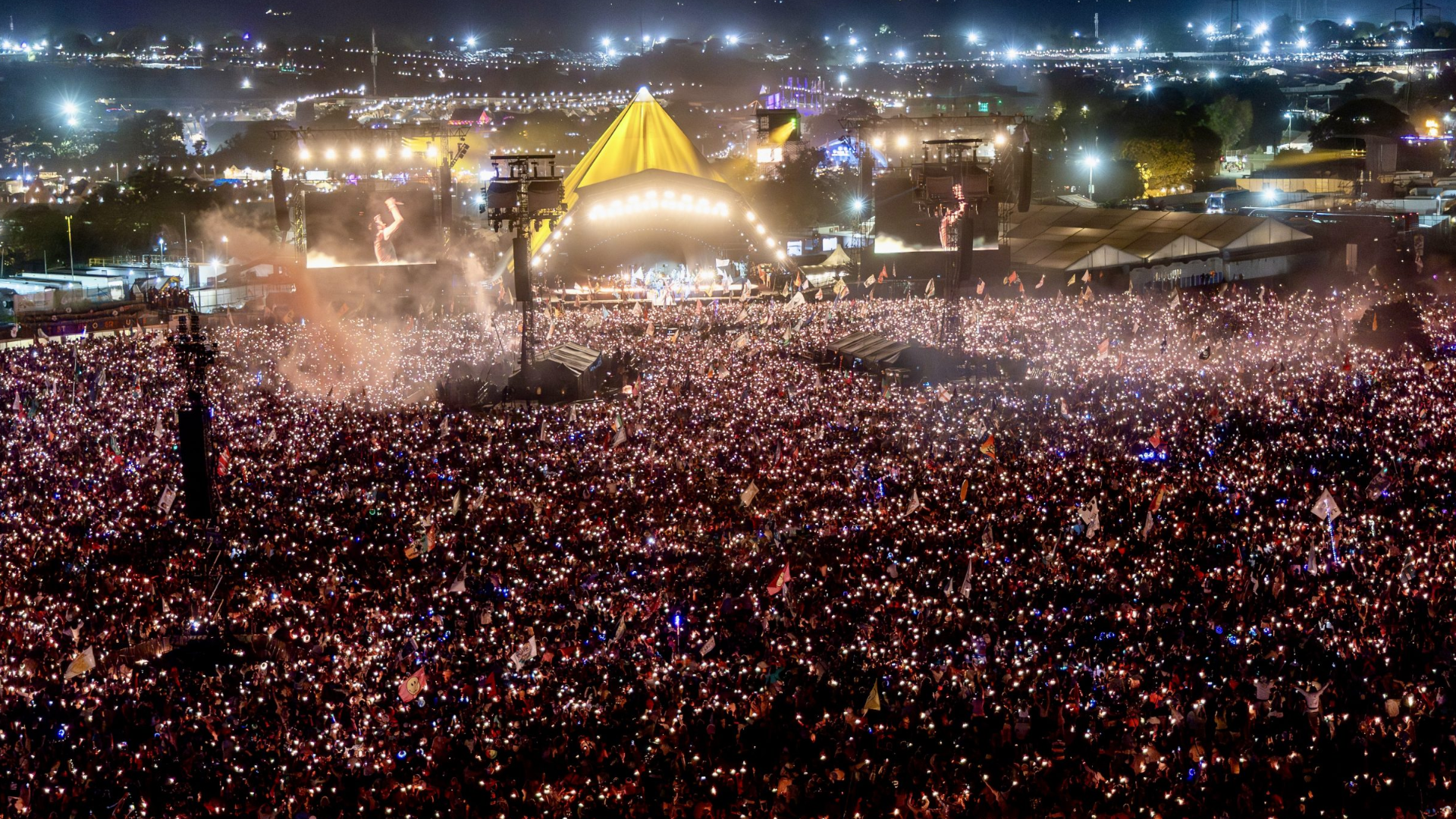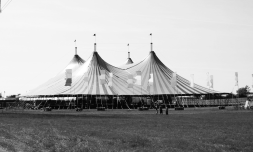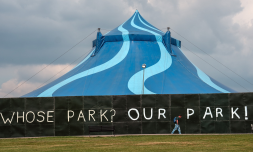With Glastonbury about to kick off – and dozens of other major event on the agenda for this summer – festival organisers across the UK have made crowd control measures their top priority.
Festival season has arrived. It brings a series of some of the most exciting musical lineups and fun-filled weekends of the summer, and with it, hundreds of thousands of people who flock to once-empty fields to dance, drink, eat, and socialise.
Even with the rising cost of tickets, appetites for festivals and other high-profile events hasn’t dwindled. Attendance at music festivals in the UK have skyrocket over the last few years – with almost 850 events selling out last year alone.
The scale of preparation going into these events has had to increase in tandem with the number of attendees, and now more than ever, crowd control measures sit at the heart of pre-festival planning and real-time event management.
This increased concern for the safety of individuals attending large-scale events is the result of grave and unfortunate lessons learned. In the last few years, several major events have seen crowd crushes turn deadly.
A lack of management at Travis Scott’s Astroworld concert in 2021 tragically left 300 people injured and 10 others dead. Event planners were critcised for not stopping a surge of fence hoppers and for failing to follow basic safety protocols amidst the audience of spectators, which was well over-capacity for the event’s location.
In 2022, London’s Brixton O2 Academy was forced to temporarily closed its doors after a crowd crush at an Asake concert resulted in the death of two people. Reports suggested that entrance doors were broken before the event, enabling those without tickets to rush into the venue before the show began.
More recently, the UK’s beloved Glastonbury Festival was flagged by an anonymous whistleblower who flagged the event as a ‘disaster waiting to happen’. As the first attendees arrive on-site at its location Worthy Farm, how are organisers working to avoid a catastrophe?




















